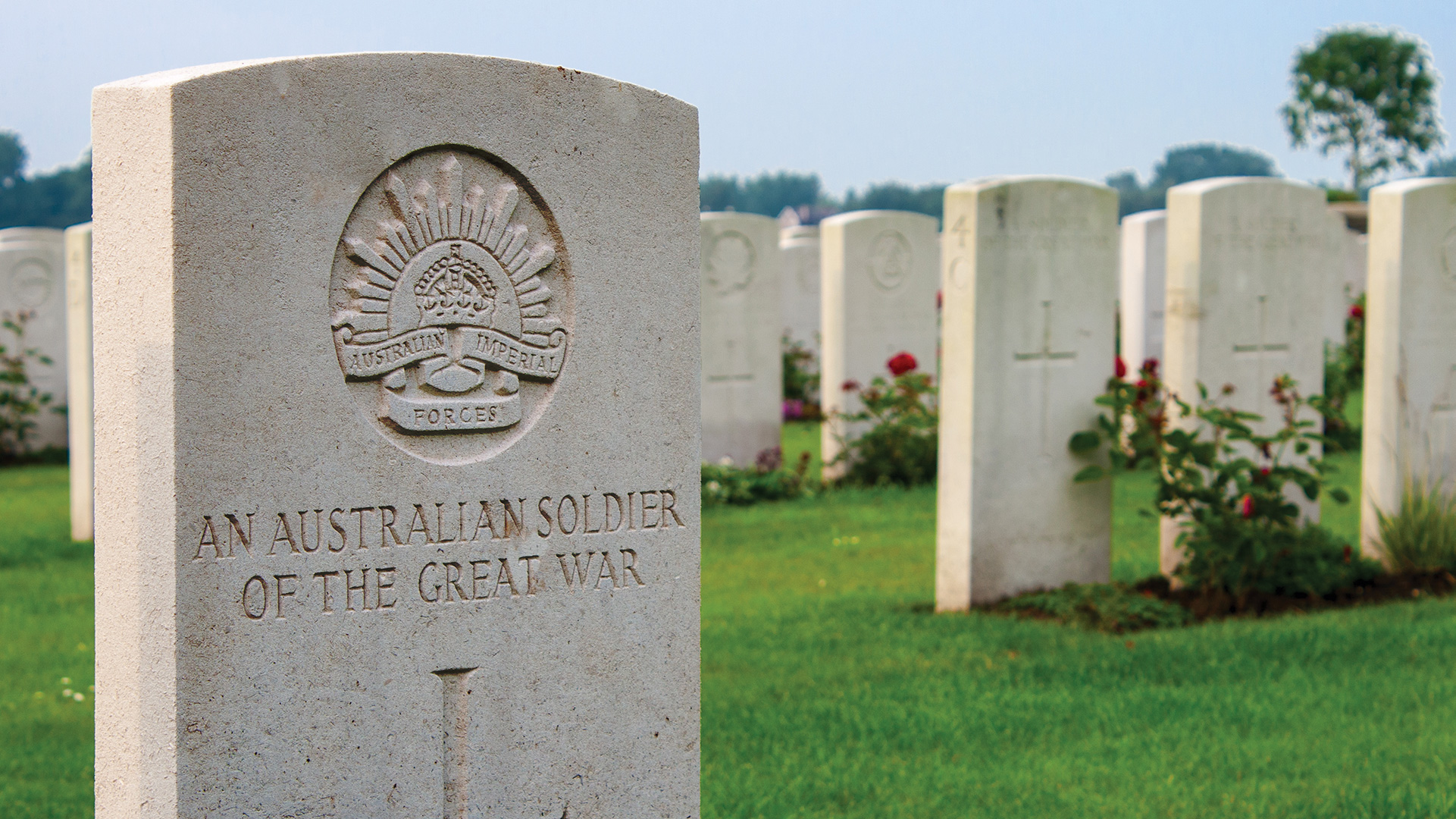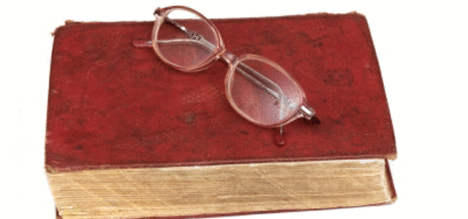How to remember them
November 1, 2019

At 11 am on November 11, 1918, the persistent barrage of gunfire on the Western Front ceased. After 1567 days of combat, the German army formalised its surrender to the Allied Forces. An eerie silence filled the air, bringing to an end a conflict that had involved 70 million soldiers, leaving behind 17 million dead and a further 20 million with severe injuries. Eight million returned home with permanent disabilities. It was labelled the “Great War”, and even “the war to end all wars”. As the Treaty of Versailles was signed on June 28, 1919, officially ending World War I, large crowds gathered in cities around the world to celebrate the end of a conflict that had claimed multitudes of fathers and sons.
Armistice Day was first honoured on the one-year anniversary of the surrender to remember the end of the human carnage. Proposed by Australian journalist Edward Honey, the commemoration has been adopted by countries across the Commonwealth, including Australia and New Zealand. Unlike April’s Anzac Day it is not a public holiday, but citizens are instead encouraged to observe two minutes’ silence at 11 am to remember the fallen.
In 1997, then-Australian Governor-General Sir William Deane declared Armistice Day would be renamed Remembrance Day to honour Australians who have died in all wars. According to the Australian War Memorial, Australia has been involved in multiple deadly armed conflicts since World War I, including World War II, the Korean War, the Vietnam War and the Iraq wars. At present, Australia is still assisting Allied powers through the war in Afghanistan and the war on ISIL in Syria and Iraq.
Kiwi soldiers also participated in many of these conflicts, though Armistice Day is used in New Zealand specifically to remember the end of World War I. In 2004, the remains of an “unknown warrior” killed during the conflict in the Somme were returned to New Zealand. Up to 100,000 people witnessed a ceremony that honoured the fallen warrior and the 9000 unidentified New Zealand soldiers he represented.
Emotions still run high when remembering the sacrifices made by our countries’ soldiers in war. Both Aussies and Kiwis gather in droves for Anzac Day dawn services, with many also making pilgrimages to Turkey’s Gallipoli Peninsula to remember the 26,111 Australian and 7473 New Zealand casualties.
However, we now live in a generation without surviving connections to World War I, as the last worldwide veteran of the war passed away in 2012. Australia’s last digger—Jack Ross—passed away in 2009 aged 110. New Zealand’s last veteran, Bright Williams, went to his rest in 2003. With diminishing connections to the war, how can we honour the fallen from a conflict that occurred more than 100 years ago? And how can both the fallen and the survivors of more recent conflicts also be honoured?
1. Remembrance Day services
Every Remembrance Day at 11am, Australians and New Zealanders stop what they’re doing to observe two minutes’ silence. The specific moment marks the time the World War I ceasefire occurred. Schools in both Australia and New Zealand observe the two minutes’ silence, while people gather at memorials around the country for services around that time. The “Last Post” bugle call is often played.
2. Online resources
Education starts at a young age, which is why the Australian War Memorial (AWM) website contains various activities and lessons for Kindergarten to Year 2 students. The website features questions teachers can ask their students to encourage discussion, as well as a transcript of “The Ode” poem. The website also encourages classrooms to make wreaths, light candles and find rosemary to remember the fallen. Photos and poems can be sent to the AWM to be featured as part of their classroom showcase.
Research can also extend to understanding the causes of war and, at an age-appropriate level, highlighting the efforts of civilians and non-combatants, including women’s auxiliaries, peacemakers, conscientious objectors and those committed to rescuing and rehabilitating child soldiers. Their stories are also part of our history and give a fuller picture of the reality of armed conflict.
3. National grave cleaning project—New Zealand
Many veterans’ graves fall into disrepair and suffer the effects of time. That’s why the New Zealand Remembrance Army is aiming to clean and restore every veteran grave in New Zealand by 2020. The group works with Returned and Services Association branches, veterans and associations to raise awareness and gather support for the cause.
As well as raising money to complete this project, the Remembrance Army are looking for volunteers to help with the cleaning of graves. To find out how you can get involved, visit the NZ Remembrance Army on Facebook.
4. Support a veterans organisation
Multiple organisations exist to aid war veterans and their families. Groups such as the Australian Peacekeeper and Peacemaker Veteran’s association, Young Diggers, Legacy, Soldier On, Wounded Heroes, ADSO and the RSL/RSA all provide assistance to those who serve and have served.
Families are also supported, including widows who have lost their husbands in armed conflict. Each organisation has its own projects, so research how your donations are going to be used.
5. Visit a war museum or memorial
“Those who cannot remember the past are condemned to repeat it”—that’s what philosopher George Santayana wrote in The Life of Reason in 1905. A vital part of remembering is learning, which is made possible through visiting museums that exhibit the horrific cost of war. Every Australian capital city contains an army or war museum, while New Zealand has Air Force and war museums on both North and South Islands. Genocide museums and memorials in overseas locations like Auschwitz, Cambodia and Rwanda as well as at home are grim reminders of the huge cost of war on civilians and minority groups, including our own Indigenous peoples. The Australian War Memorial in Canberra is also a significant landmark with many displays, as well as a Roll of Honour for those who died in military service. The Memorial holds a Last Post Ceremony every day at 4:55 pm AEST, which is streamed on Facebook and YouTube.
Daniel Kuberek loves learning about history and is assistant editor of Signs of the Times. He lives in Sydney.







